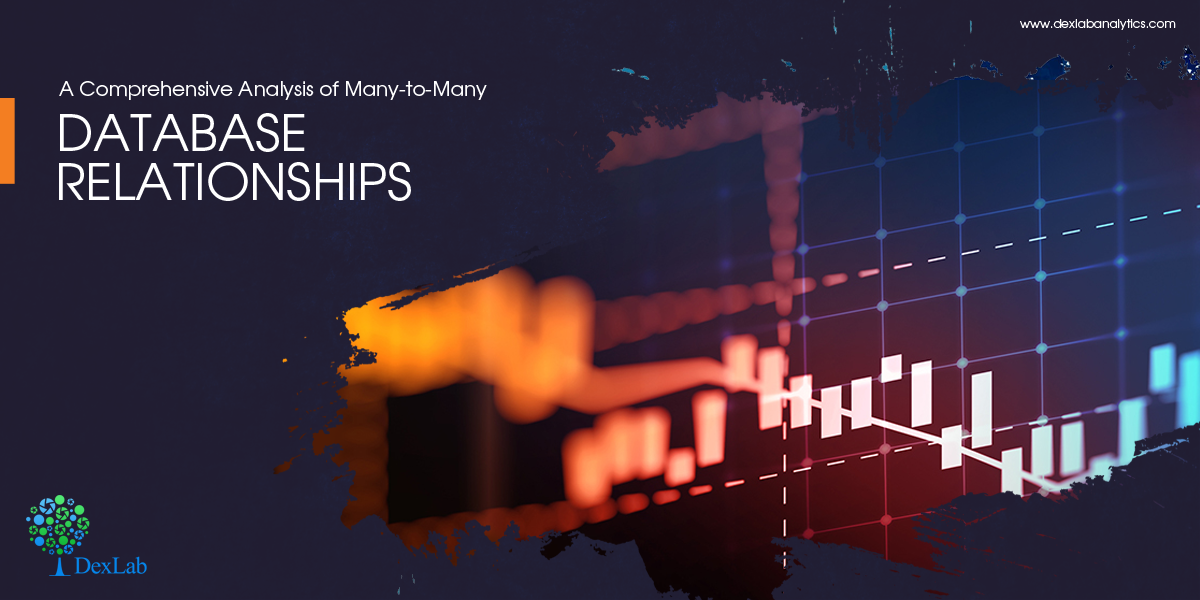
Many-to-many relationships are trickier. Especially, when it involves data on the tables. In situations such as this, comprehending crucial scenarios, different circumstances and pursuing effective interaction with data becomes a priority.
To lighten up things, let’s start from the basics – where we differentiate the terms ‘database’ and ‘relationship’. This will help you envisage different circumstances as we discuss them later.
‘Database’ is nothing but a particular way of organizing information so that it can be easily accessible, manageable and be updated as and when required. Data is stored in rows, columns and tables – it makes it easier to find what you need.
Interestingly, ‘relationship’ between various items of data in a database is all about establishing logic for combining data from one or more tables. Relationships are developed through stable connections between two or more tables. Below, we’ve enumerated 3 types of relationships:
- One-to-One Relationship – In this, the field connecting both tables has unique values in every row.
- One-to-Many Relationship – Here, one table consists of unique values for every row, but the other one carries duplicate values for one or all corresponding values on the first table.
- Many-to-Many Relationship – Here, you will find duplicated values on both sides of the table, resulting in excessive calculations for each query.
Breakdown of M2M Relationship
Put simply, Many-to-Many Relationship happens when a field from two or more tables includes same value, values that are duplicated in both tables. Connections such as these are complex and often confusing.
So, how to resolve them?
Some of the most common methods to resolve M2M Relationships are given below, but the approaches are subject to the number of tables involved. For example, if there are only 2 tables and 1 Relationship, here goes the best option for you:
- Break the relationship into two distinct One-to-Many relationships
- Build an aggregated table
In case, there are more than 2 tables and more than 1 relationship, the best options for you would be:
- Apply the LookUp Function, copy a value from a table and import it onto another
- Merge the two tables into one
M2M Relationship and SQL Databases
Some good news is rolling your way! SQL and other such relational databases, empowered with referential integrity are found providing support to Many-to-Many Relationships. This helps in keeping relationships productive and working well, and SQL is great at combining these in queries.
This is why SQL tops the list against all contemporary programming languages – it handles Many-to-Many Relationships in the best way possible. Today, SQL Certification Training has become widely popular. Anyone who is proficient with Windows OS can opt for Microsoft SQL Server training – such programs are known to blend theoretical knowledge with practical expertise quite seamlessly. Business Analysts, SQL Developers, ADMIN are some of the most coveted job profiles an expert in SQL can seek through.
For more information on SQL Certification Training in Gurgaon, drop by DexLab Analytics: they are specialist training partner for many advanced professional skill building programmes.
The blog has been sourced from — www.sisense.com/blog/many-many-relationships-good-relationship
Interested in a career in Data Analyst?
To learn more about Data Analyst with Advanced excel course – Enrol Now.
To learn more about Data Analyst with R Course – Enrol Now.
To learn more about Big Data Course – Enrol Now.To learn more about Machine Learning Using Python and Spark – Enrol Now.
To learn more about Data Analyst with SAS Course – Enrol Now.
To learn more about Data Analyst with Apache Spark Course – Enrol Now.
To learn more about Data Analyst with Market Risk Analytics and Modelling Course – Enrol Now.
